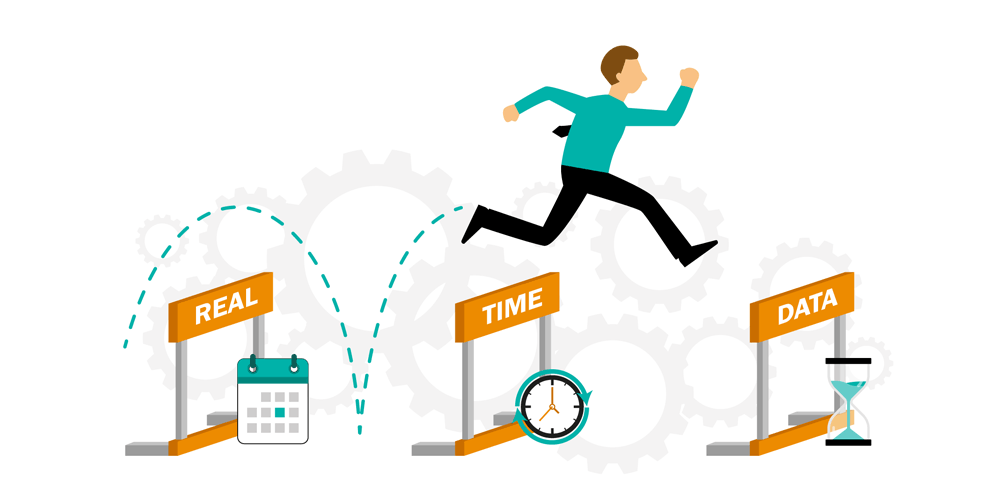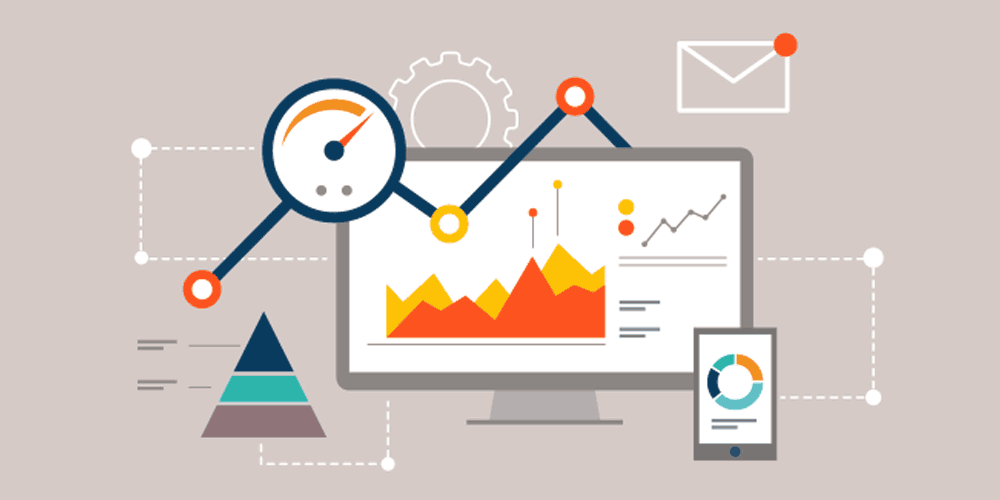Advertisers and marketers have long been known to be able to personalize their campaign throughout different mediums. These personalized ads can deliver a lot more user engagements than non-personalized ads.
With this fact, many are prioritizing personalization to craft compelling one-to-one communication with consumers.
But just like these advertisers and marketers, publishers too can customize their contents to win over new readers and keep them happy.
For example, a reader might stumble into an interesting headline they found on social media posted by site A. But after visiting site A and after some consideration, the reader wants to become a subscriber to site B instead of site A because for some reasons, site B shows more posts that appeal their taste.
When a visitor visits a site for the first time, the publisher only has one opportunity to win this reader by making the experience excellent, relevant and engaging. A failure in this step may make the visitor to bounce away to competitor's site.
In order to create this personalized experience, publishers have to have real-time data that is segmented to actionable audiences for content and ad personalization on first interaction.
Here are the three ways that real-time data can impact publishers’ bottom lines:

Increase Engagement, Time On Website And Retention
One of the most difficult things publishers face, is to covert first time visitors into returning visitors.
From optimizing their site for speed, they also need to create a good landing page to make visitors stay longer.
Using real-time data, publishers can go further than that, as it helps them in creating the best experience possible to boost the odds. For example, by having access to real-time behavioral data, publishers can see a visitor who has just purchased a new pair of shoes, and knowing this allows the publisher to show ads that related to clothing and apparels.
The obsession to analyze real-time metrics is to see and know which content can attract which users.
Real-time tools can help publishers recommend articles to a reader based on their profile. Publishers can also experiment to see the right number of articles that convert readers to subscribers. Publishers however, need to know that editorial is only one part of the equation.
Know that showing relevant ads that are in a preferred format can also enhance experience.
Increase Programmatic Revenues
For publishers, the formula for revenue is: more visitors equals to more income.
Bu using real-time data, publishers can capture readers on their first visit, and create new revenue opportunities. For example, a shoe-selling company might want to upscale their push at the start of academic terms. Publishers that realize some percentage of their visitors fits that description, can grab this opportunitu
Since advertisers will generally pay higher CPMs to reach those audience, the publishers can significantly increase their rates, significantly boosting their revenue.
Publishers can also create personalized content to increase time spent and encourage those readers to return.
Increase Audience Size
User-count matters. This is why services and websites on the web are racing to the top to get the most users as possible. They may even sacrifice some details on their site to provide answers quicker.
Using real-time data, publishers too can increase their audience significantly.
Using real-time data, publishers can create personalized contents that should increase engagement, which in turn will boost content sharing, which will then result in an increased revenue.
Also using real-time data, publishers can target contents to lookalike audience who have a high chance of engagement. Here, the real-time data adds another layer to such targeting. If a potential reader has a strong interest in the apparel industry, for example, then publishers can leverage news about fashion and celebrities in a sponsored post aimed at that reader.

Conclusion
Advertisers and marketers are known to have the privilege of personalization. After all, they pay to get what they deserve. On the other hand, publishers are those who "sell" contents, aren't known to be very good in personalization.
Real-time data is information that is delivered immediately after collection. Since there is no delay in the timeliness of the information provided, real-time data is often used for navigation or tracking.
Using real-time data, publishers can catch up to those marketers in the personalization front. Using real-time data, results can be overwhelming when done right.
Real-time data shows how exactly what people are doing and what they've done when they visit your site. Knowing this, you can turn the data into results by creating the experience users are expecting you to have.
Here, personalization is not anymore the luxury for paying individuals.
Further reading: How Small Businesses Can Use Big Data To Improve Strategies And Remain Competitive